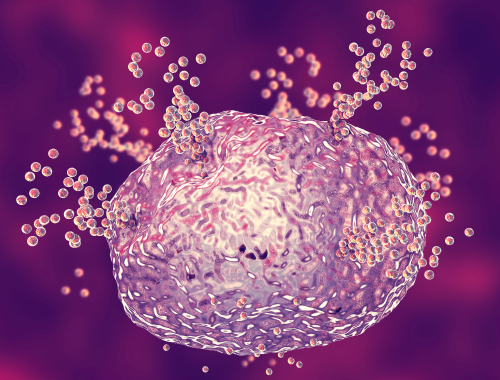
Endocytosis and exocytosis are fundamental cellular processes that play crucial roles in the transport of molecules across the cell membrane. These processes are essential for maintaining cellular homeostasis, communication, and the uptake or release of various substances. Despite serving opposite purposes, endocytosis and exocytosis share several similarities in their mechanisms.
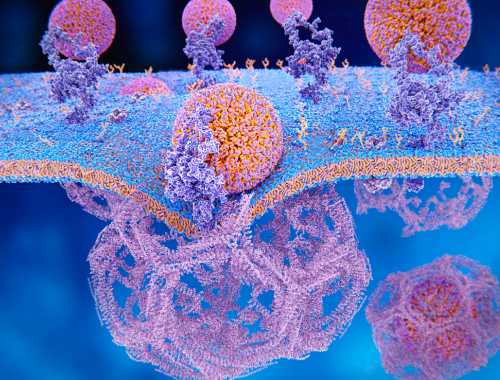
Membrane Dynamics:
- Both endocytosis and exocytosis involve dynamic changes in the cell membrane. Endocytosis results in the invagination of the cell membrane to form vesicles, while exocytosis entails the fusion of vesicles with the cell membrane.
Involvement of Vesicles:
- Vesicles are central to both processes. Endocytosis utilizes vesicles to internalize substances, and exocytosis employs vesicles to export materials out of the cell.
Energy Requirement:
- Both processes require energy in the form of ATP. Endocytosis and exocytosis are energy-consuming processes that involve molecular motors and other cellular machinery to facilitate membrane rearrangements.
Specificity in Cargo Transport:
- Both mechanisms exhibit specificity in cargo transport. Endocytosis selectively internalizes specific molecules, such as nutrients or signaling molecules, while exocytosis exports specific materials, including hormones or neurotransmitters.
Role in Cellular Communication:
- Endocytosis and exocytosis are crucial for intercellular communication. Endocytosis is involved in the internalization of signaling receptors, while exocytosis releases signaling molecules to communicate with neighboring cells.
Understanding these similarities emphasizes the shared underlying principles of these processes in maintaining cellular function and communication.
| Aspect | Endocytosis | Exocytosis |
|---|---|---|
| Purpose | Internalization of substances into the cell. | Export of substances out of the cell. |
| Membrane Changes | Invagination of the cell membrane to form vesicles. | Fusion of vesicles with the cell membrane. |
| Involvement of Vesicles | Utilizes vesicles for internalization. | Involves vesicles for the export of materials. |
| Energy Requirement | Requires ATP for membrane rearrangements. | ATP is essential for vesicle fusion with the membrane. |
| Cargo Specificity | Selective internalization of specific molecules. | Selective export of specific materials. |
| Role in Communication | Involves internalization of signaling receptors. | Releases signaling molecules for intercellular communication. |
| Examples | Phagocytosis, Pinocytosis, Receptor-mediated endocytosis. | Secretion of neurotransmitters, hormones, or enzymes. |
Endocytosis and exocytosis are intricately related cellular processes with shared fundamental characteristics. The dynamic nature of the cell membrane, the involvement of vesicles, energy requirements, cargo specificity, and their roles in cellular communication highlight the interconnectedness of these processes. Understanding the similarities between endocytosis and exocytosis provides insights into the coordinated functioning of cells and contributes to our broader understanding of cellular biology.
Q1: What is the primary purpose of endocytosis and exocytosis?
- A: Endocytosis is primarily responsible for the internalization of substances into the cell, while exocytosis facilitates the export of substances out of the cell.
Q2: How do endocytosis and exocytosis involve changes in the cell membrane?
- A: Endocytosis involves the invagination of the cell membrane to form vesicles, while exocytosis includes the fusion of vesicles with the cell membrane.
Q3: Are vesicles involved in both endocytosis and exocytosis?
- A: Yes, both processes utilize vesicles. Endocytosis uses vesicles to internalize substances, and exocytosis employs vesicles for the export of materials.
Q4: Is energy required for endocytosis and exocytosis?
- A: Yes, both processes require energy, typically in the form of ATP. Energy is needed for membrane rearrangements and vesicle transport.
Q5: How are endocytosis and exocytosis specific in transporting cargo?
- A: Both processes exhibit specificity in cargo transport. Endocytosis selectively internalizes specific molecules, and exocytosis exports specific materials.
Q6: Do endocytosis and exocytosis play a role in cellular communication?
- A: Yes, both processes are crucial for cellular communication. Endocytosis is involved in the internalization of signaling receptors, while exocytosis releases signaling molecules for intercellular communication.
Q7: Can you provide examples of endocytosis and exocytosis?
- A: Examples of endocytosis include phagocytosis, pinocytosis, and receptor-mediated endocytosis. Exocytosis examples include the secretion of neurotransmitters, hormones, or enzymes.
Q8: How do endocytosis and exocytosis contribute to cellular homeostasis?
- A: Both processes play a role in regulating the internal environment of the cell by controlling the entry and exit of substances, contributing to overall cellular homeostasis.
Q9: Are there any specific references for further reading on endocytosis and exocytosis?
- A: Some references for further reading include:
- Alberts B, Johnson A, Lewis J, et al. Molecular Biology of the Cell. 4th edition. New York: Garland Science; 2002.
- Cooper GM. The Cell: A Molecular Approach. 2nd edition. Sunderland (MA): Sinauer Associates; 2000.
- Lodish H, Berk A, Zipursky SL, et al. Molecular Cell Biology. 4th edition. New York: W. H. Freeman; 2000.
Q10: How do endocytosis and exocytosis contribute to the overall functioning of cells?
- A: Endocytosis and exocytosis are essential for various cellular functions such as nutrient uptake, waste removal, cell signaling, and maintaining the balance of cellular components. They contribute to the dynamic nature of cell membranes and the adaptability of cells to changing environments.
Q11: Can endocytosis and exocytosis occur simultaneously in a cell?
- A: Yes, cells can undergo both endocytosis and exocytosis simultaneously. This simultaneous activity allows cells to efficiently regulate their internal environment while communicating with neighboring cells.
Q12: Are there different types of endocytosis and exocytosis?
- A: Yes, there are different types of endocytosis, including phagocytosis (engulfing large particles) and pinocytosis (fluid-phase uptake). Exocytosis can involve the release of neurotransmitters from nerve cells, hormones from endocrine cells, or enzymes from cells involved in digestion.
Q13: How do endocytosis and exocytosis contribute to the immune response?
- A: Endocytosis is involved in the immune response through phagocytosis, where immune cells engulf and digest pathogens. Exocytosis plays a role in the release of signaling molecules and antibodies to coordinate immune responses.
Q14: Do endocytosis and exocytosis occur in both animal and plant cells?
- A: Yes, both processes are fundamental to the functioning of animal and plant cells. They are involved in nutrient uptake, cell signaling, and the maintenance of cell integrity in both cell types.
Q15: How have studies on endocytosis and exocytosis advanced our understanding of cellular biology?
- A: Research on these processes has provided insights into cell communication, signal transduction, and the regulation of cellular homeostasis. Understanding endocytosis and exocytosis is crucial for developing therapies and treatments for various diseases.
Q16: Can disruptions in endocytosis or exocytosis lead to diseases?
- A: Yes, disruptions in these processes have been associated with various diseases. For example, defects in exocytosis can lead to neurological disorders, while dysregulation of endocytosis is implicated in conditions such as cancer and certain genetic disorders.
Q17: Are there any current research trends or emerging discoveries related to endocytosis and exocytosis?
- A: Ongoing research is exploring the molecular mechanisms and regulatory factors involved in these processes. Advances in imaging techniques and genetic studies are providing new insights into the intricate details of endocytosis and exocytosis.
Q18: How do endocytosis and exocytosis contribute to the formation and maintenance of cellular structures?
- A: Endocytosis and exocytosis play roles in shaping and maintaining cellular structures. Endocytosis is involved in the internalization of membrane components, contributing to membrane recycling and remodeling. Exocytosis, on the other hand, is crucial for the delivery of new membrane materials to the cell surface.
Q19: Can you provide examples of diseases linked to abnormalities in endocytosis and exocytosis?
- A: Yes, certain neurodegenerative diseases, such as Alzheimer’s and Parkinson’s, are associated with disruptions in vesicle trafficking and exocytosis. Additionally, defects in endocytosis have been implicated in cancer progression due to altered receptor internalization and signaling.
Q20: How do cells regulate the balance between endocytosis and exocytosis?
- A: Cellular processes are tightly regulated through intricate signaling pathways. The balance between endocytosis and exocytosis is maintained by feedback mechanisms that respond to the cell’s internal and external environment, ensuring proper cellular function.

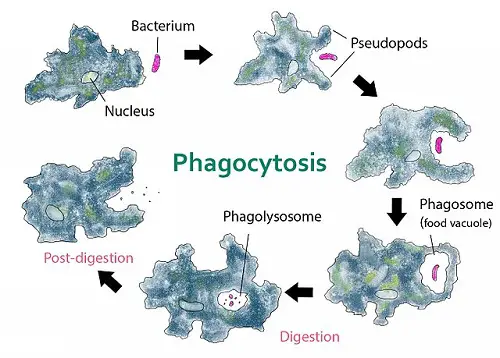

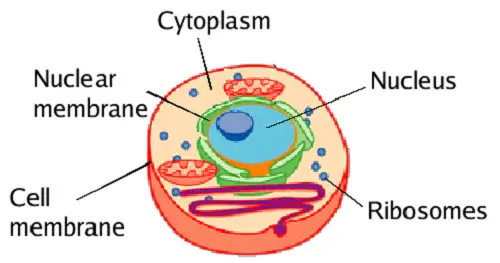

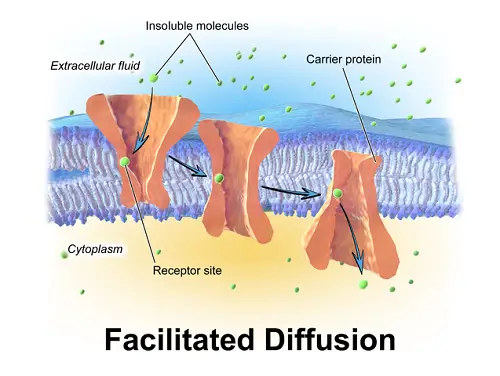
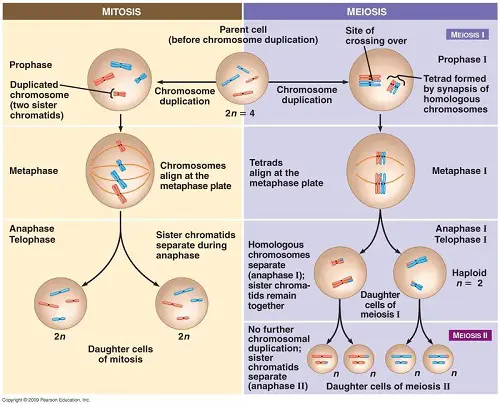





Leave a Reply